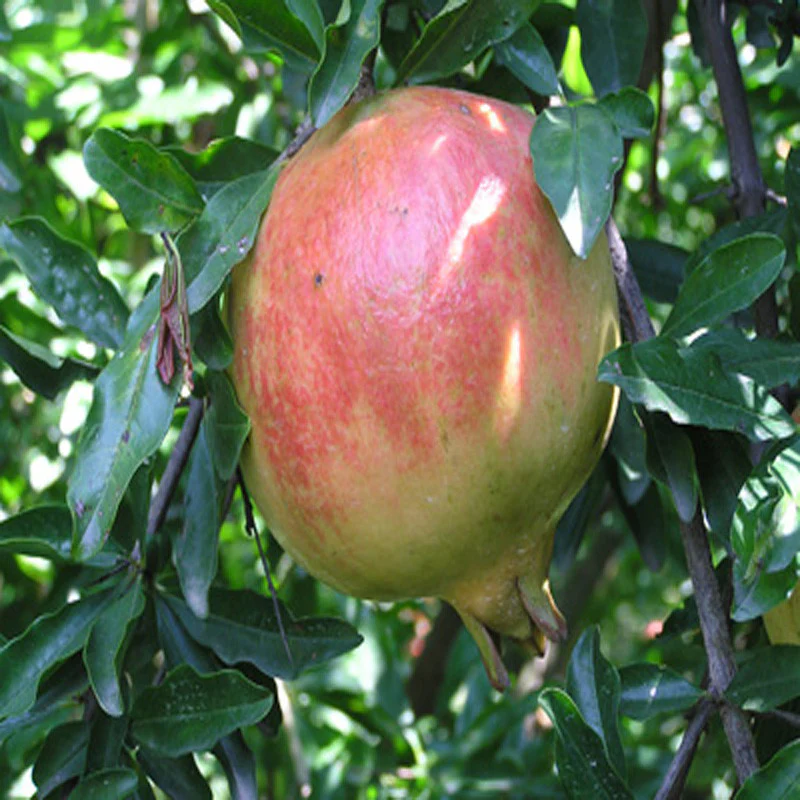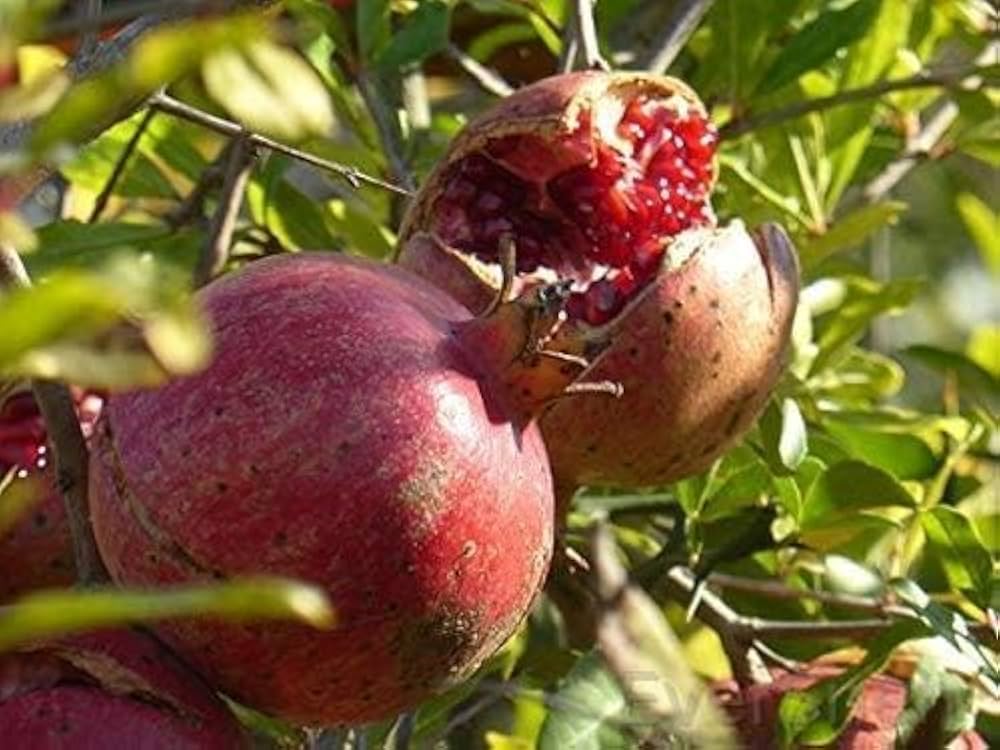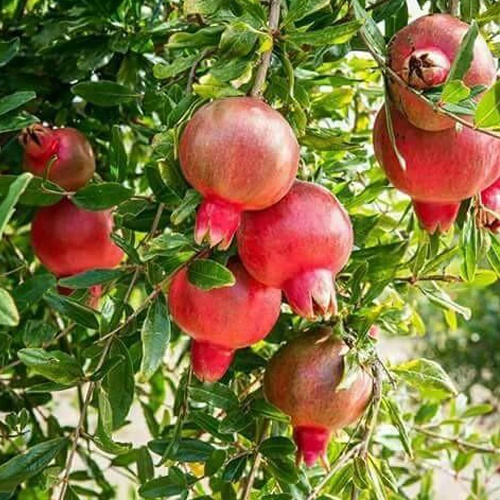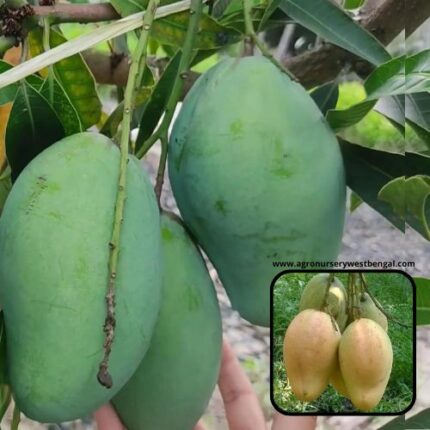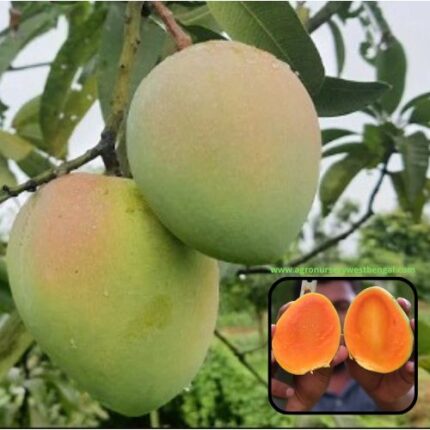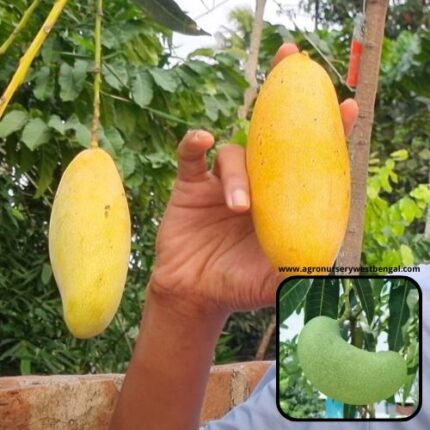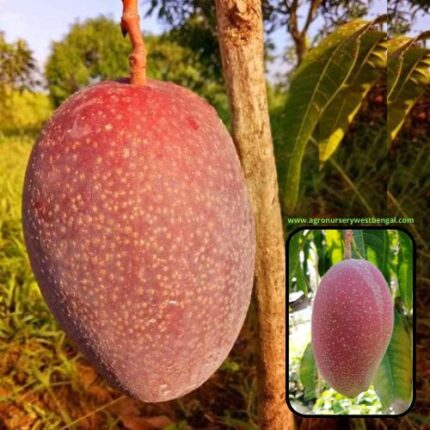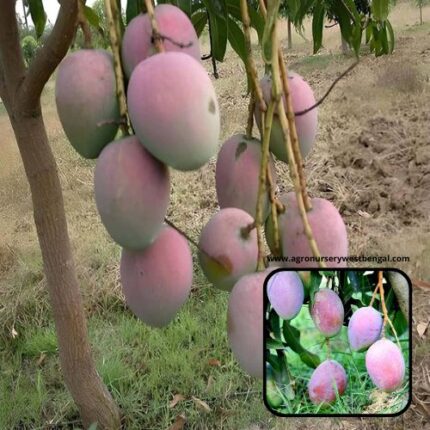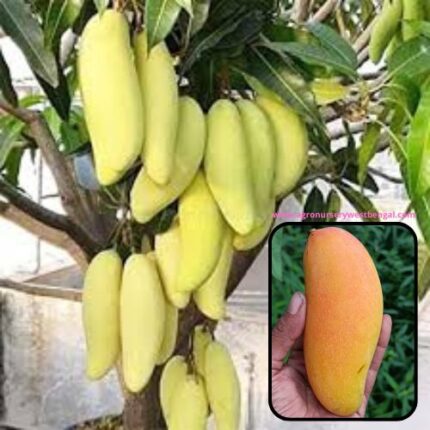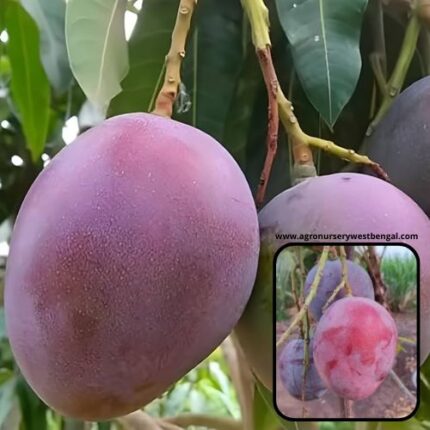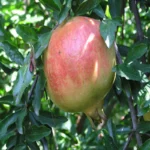
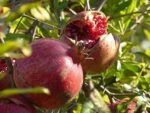
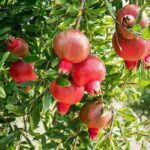
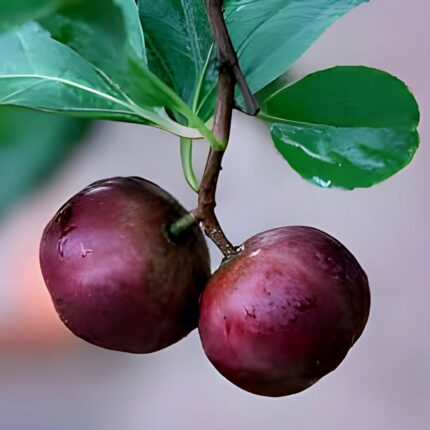
Tennis ball Cherry fruit plants
₹1,999 Original price was: ₹1,999.₹1,299Current price is: ₹1,299.
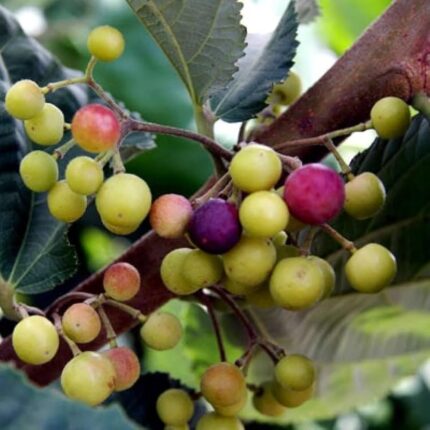
Falsa fruit plants
₹699 Original price was: ₹699.₹399Current price is: ₹399.
Anar / Pomegranate fruit plants
₹799 Original price was: ₹799.₹439Current price is: ₹439.
Category: Fruit Plants
Description
“Anar,” also known as pomegranate (Punica granatum), is a distinctive and highly valued fruit known for its unique internal structure and vibrant appearance.
Here’s a detailed description:
-
Appearance:
- Shape and Size: Typically round to slightly hexagonal, ranging in size from that of an orange to a large grapefruit (5-12 cm in diameter).
- Skin (Pericarp/Husk): The outer skin is thick, leathery, and inedible. It can range in color from bright red to yellowish-red, and sometimes even purple, especially when ripe.
- Internal Structure: When cut open, the fruit reveals a complex internal structure. A white, spongy, bitter membrane (mesocarp or albedo) divides the fruit into several non-symmetric chambers. These membranes are generally not eaten.
- Arils: The edible part of the pomegranate consists of hundreds of tiny, juicy seeds called arils. Each aril is surrounded by a translucent, fleshy, brightly colored pulp or juice sac, which can range from white to deep red or purple. The word “pomegranate” itself comes from the Latin “pomum granatum,” meaning “apple of many seeds.”
-
Taste and Texture:
- Taste: The arils offer a unique balance of sweet and tart flavors, with a pH of around 4.4. The intensity of sweetness and tartness can vary depending on the variety.
- Texture: The arils are crunchy due to the edible seed inside, surrounded by the juicy pulp.
-
Botanical Classification:
- The pomegranate is botanically classified as a berry with edible seeds and pulp, derived from the ovary of a single flower. It grows on a fruit-bearing deciduous shrub or small tree, typically 5 to 10 meters tall, with multiple spiny branches.
-
Origin and Cultivation:
- Pomegranates are native to a region stretching from modern-day Iran to northern India. They have been cultivated for thousands of years throughout the Middle East, Indian subcontinent, Mediterranean region, and are now grown in many other parts of the world with suitable climates, including parts of the United States (California).
-
Nutritional Value and Health Benefits:
- Anar is considered a “superfood” due to its rich nutritional profile. It is low in calories and fat, but an excellent source of fiber, vitamins (especially Vitamin C, K, and folate), and minerals (such as potassium, magnesium, and copper).
- It is particularly renowned for its high concentration of antioxidants, especially polyphenols like punicalagins and anthocyanins, which are believed to contribute to various health benefits, including supporting heart health, regulating blood sugar, improving digestion, and potentially having anti-inflammatory and anti-cancer properties.
-
Culinary Uses:
- Pomegranate arils are enjoyed fresh on their own, sprinkled over salads, oatmeal, hummus, and other dishes.
- The juice is a popular beverage and is also used in cooking, baking, jams, syrups (like grenadine), and cocktails. Dried pomegranate seeds are also used in some cuisines, particularly in India.
In summary, the anar (pomegranate) is a visually striking fruit with a thick, leathery red skin encasing hundreds of glistening, juicy arils. Its sweet-tart flavor and crunchy texture, combined with its impressive nutritional profile, make it a widely appreciated and versatile fruit.

